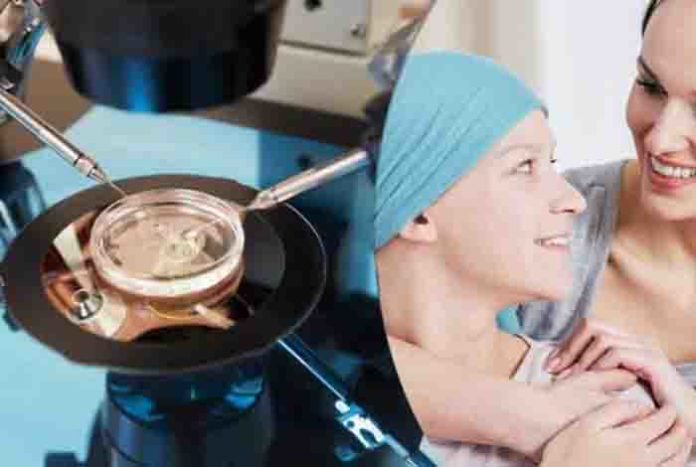
Scientists have been successful in growing human eggs to a fully developed stage where they are ready to be fertilized. These eggs were removed from the ovarian tissues when they were in their initial stage of development.
This scientific advance can help safeguarding fertility of cancer patients prior to their chemotherapy sessions which might be potentially harmful to these eggs. The immature eggs can be removed from a cancer patient’s ovarian tissue and can be grown in the lab and can be stored for fertilization later.
Conventionally, a part of ovarian tissue is removed ahead of their chemotherapy sessions but re-implanting that ovarian tissue can increase the risk of developing cancer again.
This study has shed light on various stages of development of human eggs. This insight can help in further research into regenerative medicines and other infertility treatments approaches.
Medical experts and scientists have worked hard for around three decades to develop suitable culture mediums where eggs can be matured. These culture mediums were grown by utilizing donated tissues from women who underwent routine surgeries.
Prior to this study, the scientists have grown mouse eggs to produce offspring. While it is the first time a human egg is matured from its initial stages, as these eggs were previously matured from later stages only in the laboratories.
Evelyn Telfer, professor at the School of Biological Sciences, University of Edinburgh, led this study. He emphasized the ability to successfully mature human eggs in the lab can pave the way for better fertility treatment approaches. The research is aimed at finding suitable conditions that promote egg development and also checking how healthy these eggs are. These eggs can be stored for later fertilization after proper regulatory approval.
The study was conducted in collaboration with the Royal Infirmary Edinburgh, the Royal Hospital for Sick Children, Edinburgh, and the Center for Human Reproduction in New York. This study was also published in Molecular Human Reproduction.





